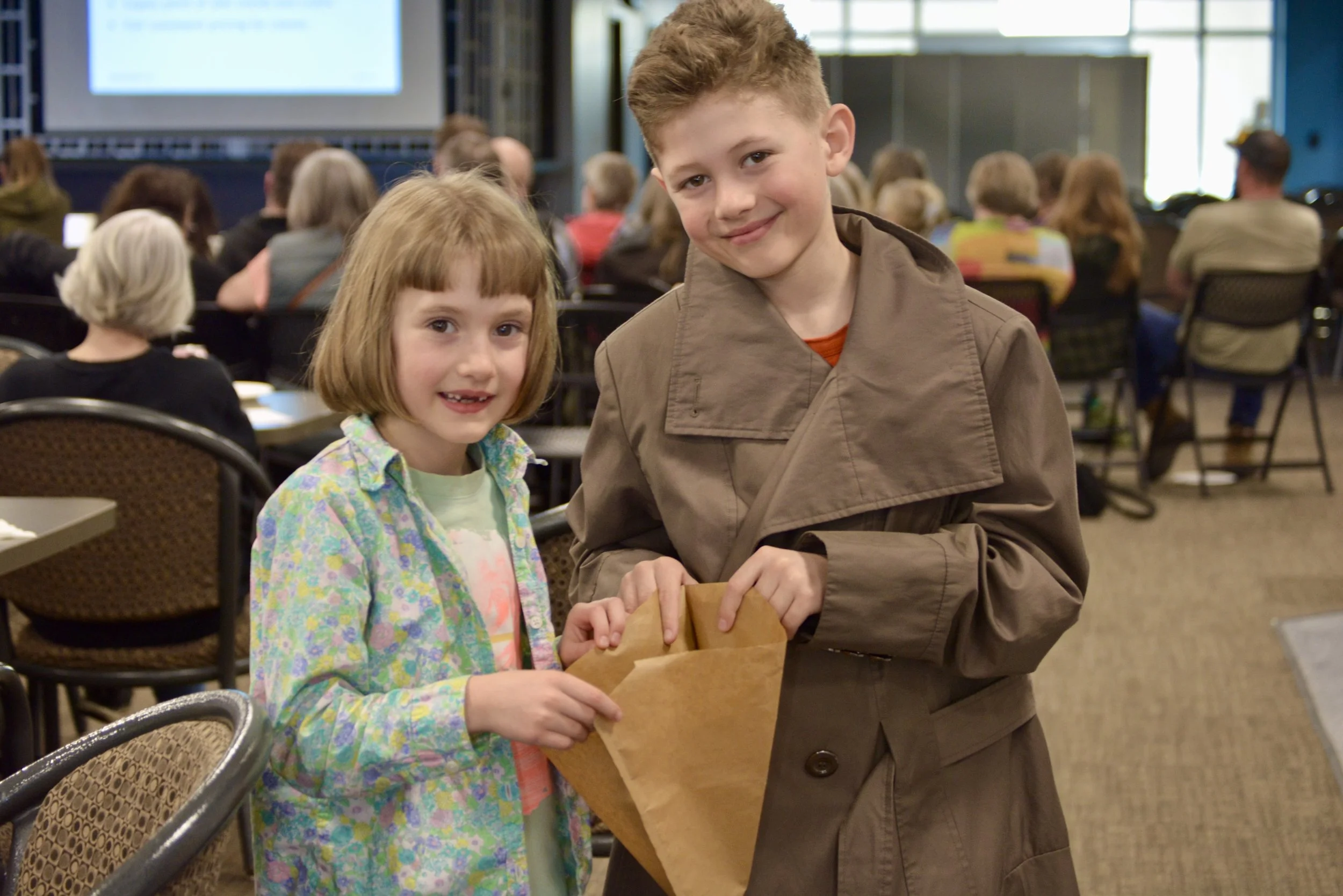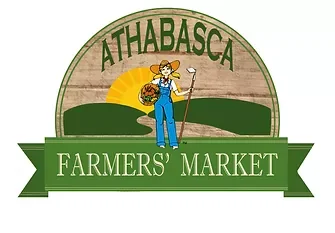About the Athabasca Grown Project
Small Community Opportunity Program
Athabasca Grown kicked off in 2024 with a Government of Alberta SCOP grant awarded to the Town of Athabasca, with additional support from Athabasca University’s RAIC Centre for Architecture and a Mitacs BSI grant. These were the intended outcomes for the SCOP grant:
Outcome 1: Enhance community engagement in economic development through active workshops, consultations, and the co-creation of a roadmap for passive solar greenhouse-based business models.
Outcome 2: Strengthen local partnerships and collaboration between residents, businesses, researchers, and public organizations.
Outcome 3: Build capacity for small-scale rural development through feasibility research, entrepreneurship support, and skills training.
Building on already established interest in passive solar greenhouses in Athabasca, the project launched into a series of five workshops that shared knowledge, built capacity, and grew networks. In fall 2025, project leads Mike Gismondi and Cara Shan will share a feasibility study evaluating options for a community greenhouse and sharing insights from the engagement process on the local food economy in Athabasca.
Community Greenhouse
The response to the idea of a community greenhouse has been overwhelmingly positive. Across workshops, interviews, and meetings, participants expressed strong interest in improving access to fresh, locally grown produce—particularly through a winter greenhouse that reflects community values. Affordability remains a key concern, along with the desire to build something that strengthens social connections and cooperation.
A volunteer working group, the Circle of Champions, is now taking the community greenhouse concept forward using the information gathered through public engagement and feasibility work to guide next steps. While passive design principles will guide the greenhouse’s efficiency, the term “passive solar greenhouse” is not being carried forward, as active elements will be needed to achieve successful winter production.
The focus is on increasing the availability of fresh, local produce during the non-growing season (October to April) since this represents the largest supply gap. While some automation will support operations, the greenhouse will remain intentionally small in scale, with a meaningful role for human labour. It will follow an integrated pest management strategy, using only low-toxicity, non-persistent inputs approved for organic crops, and only when necessary.
Produce will be available for purchase by individuals and local establishments in the Athabasca community. The greenhouse will be cooperatively governed and professionally managed, following a business model designed to sustain itself financially, without compromising environmental or social values.
“The Athabasca Grown Community Greenhouse Mission:
To strengthen the local food system, inspire growers, and foster community relationships.”
Socially Rooted Local Food Economy
The conversations among people during this project revealed a larger vision of shared priorities, values, and aspirations for the local food system. Since the beginning of 2025, community members have consistently emphasized the necessity of working together and their willingness to collaborate. While the feasibility study focused on a greenhouse for food production, the broader conversation pointed to a deeper interest in breaking down silos between individuals and groups, linking to existing efforts, and using local assets to create a food system that could serve social, economic, and environmental goals in Athabasca.
What emerged, in essence, was a local interest in applying the principles of civic agriculture—food and farming practices that are deeply rooted in place and community—to the way we do things in Athabasca.
As our SCOP work continues, the next step is to transition leadership of this energy back into the community. Currently, that’s in the hands of the greenhouse’s Circle of Champions to oversee initial collaboration efforts and plan how to foster Athabasca’s local food system.
FAQs
-
In the design of passive solar buildings, the building materials are designed to fulfill two functions:
Collect, store, and distribute solar energy in the form of heat in the winter months. When sunlight enters the building
Reject solar heat in the summer months.
This way of designing is called passive solar design. It does not imply the use of mechanical or electrical devices. It is widely used in living spaces.
The key to designing a passive solar building is to take advantage of the local climate. To do that, we need an accurate site analysis. It is possible to apply design techniques easily to new buildings. However, existing buildings can be adapted.
Elements to consider include:
Depending on the placement and size of the windows, we can get heat gain or heat loss.
The type of glazing will affect the heat transference.
Thermal insulation reduces heating and air conditioning costs.
The thermal mass can work as heat storage and increase the cost-effectiveness of a heating system.
Shading.
Air movement and natural ventilation will help us to deal with warm air.
Temperature and heat transfer are the basis of this type of energy.
-
Depending on the climate and temperature range of the greenhouse, you could grow many types of fruits & vegetables including lettuce, tomatoes, cucumbers and more.
-
The good news is that there are multiple passive solar greenhouses already growing vegetables and other produce in Alberta.
With a combination of building technology and the choice of crops, it is possible to grow fresh food during the Northern Alberta winter.





















